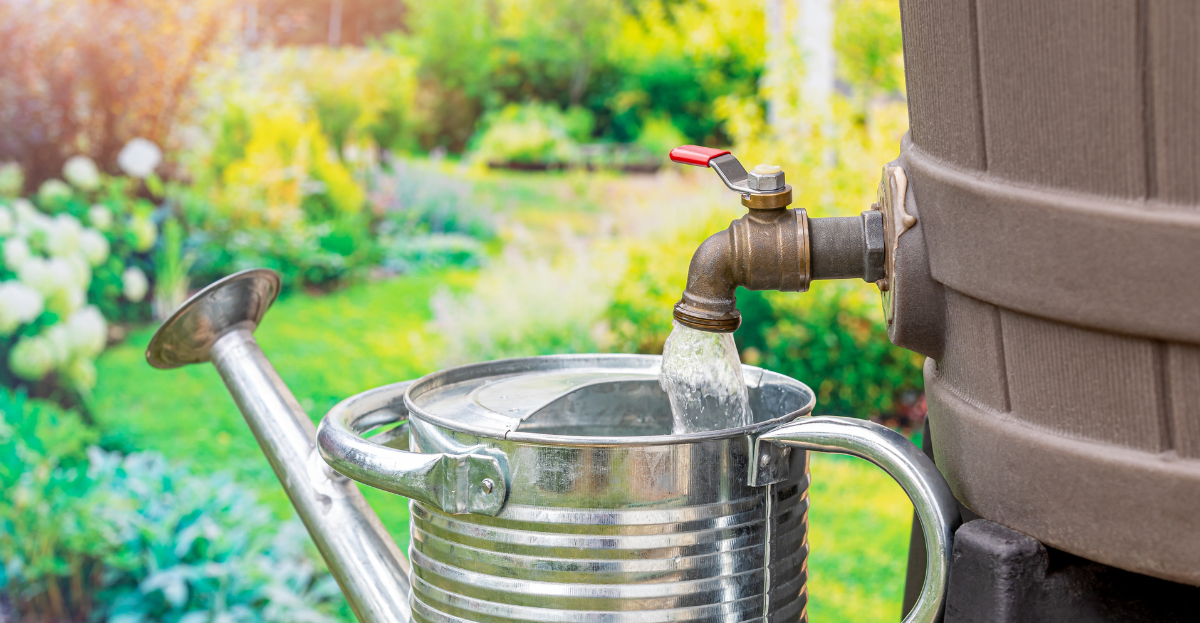Small Plots, Big Impact: How Allotments Help Save the Environment
Allotments are more than vegetable plots—they’re vital urban green spaces that support biodiversity, store carbon, and promote sustainable living as natural habitats disappear.
Allotments are more than just plots of land for growing vegetables; they are vital green spaces that offer significant environmental benefits, especially in urban areas. As cities expand and natural habitats shrink, allotments provide essential ecological services that contribute to biodiversity, carbon sequestration, and sustainable living.
A Refuge for Urban Wildlife
Allotments support a wide range of species, from frogs, toads, and slow worms to hedgehogs, birds, and countless insects. Many plots include areas left wild or minimally cultivated, creating important microhabitats that help sustain wildlife in otherwise built-up environments.A 2019 study by the University of Bristol found that allotments host more species of pollinators than parks and even many private gardens, making them biodiversity hotspots in cities.
These habitats also help residents connect with nature and observe the seasonal rhythms of local ecosystems.

Allotments and Pollinators
Allotments are a vital resource for pollinators—such as bees, butterflies, and hoverflies—which are essential for healthy ecosystems and food production. Research shows that allotments, with their diverse mix of flowering plants and minimal pesticide use, provide a welcoming environment for these important insects.
By growing a variety of fruit, vegetables, herbs, and flowers, allotmenteers create environments rich in nectar and pollen throughout the growing season. Common allotment plants like borage, lavender, runner beans, and wildflowers are particularly attractive to pollinators.
These pollinators don’t just benefit the environment—they also help improve crop yields for allotmenteers. As global pollinator populations decline, allotments offer critical urban refuges, helping to slow and even reverse biodiversity loss. A study from The Great British Bee Count (2014) found that allotments had the highest number of bee sightings compared to other urban green spaces: an average
- allotments 12
- countryside 10
- garden 8
- school grounds 7
- park 7
- roadside 4

Reducing Carbon Footprints Through Local Food
Growing your own food significantly cuts down on "food miles"—the distance food travels before it reaches your plate.
According to foodmiles.com (2021), the average supermarket tomato travels over 2,160 miles. In contrast, produce from your
allotment travels mere metres.
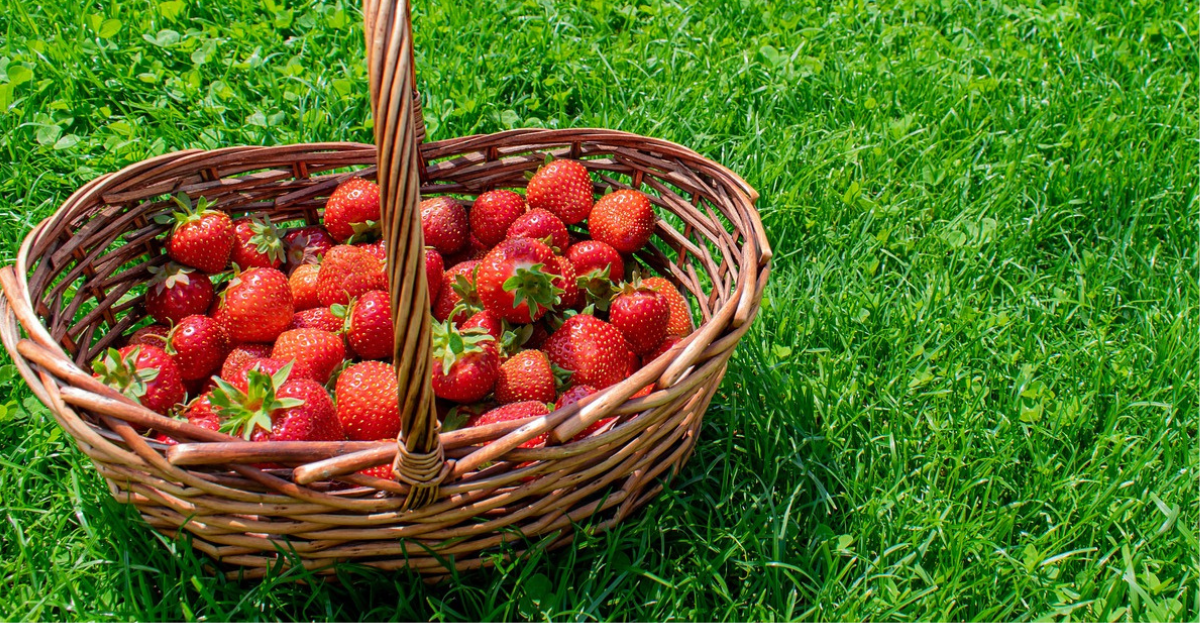
Soil Health and Carbon Storage
Allotment gardening enhances soil quality through natural composting and minimal tillage. A study in the Journal of
Applied Ecology (2014) found that urban allotments maintain soil conditions comparable to semi-natural habitats , and in some cases, even exceed them in terms of organic matter and structure.
Urban cultivation in allotments maintains soil qualities adversely affected by conventional agriculture. Soils rich in organic matter also act as carbon sinks, storing carbon and helping mitigate climate change. Despite their small footprint, allotments can make a significant contribution to national soil carbon stocks , according to a 2021 PubMed study.
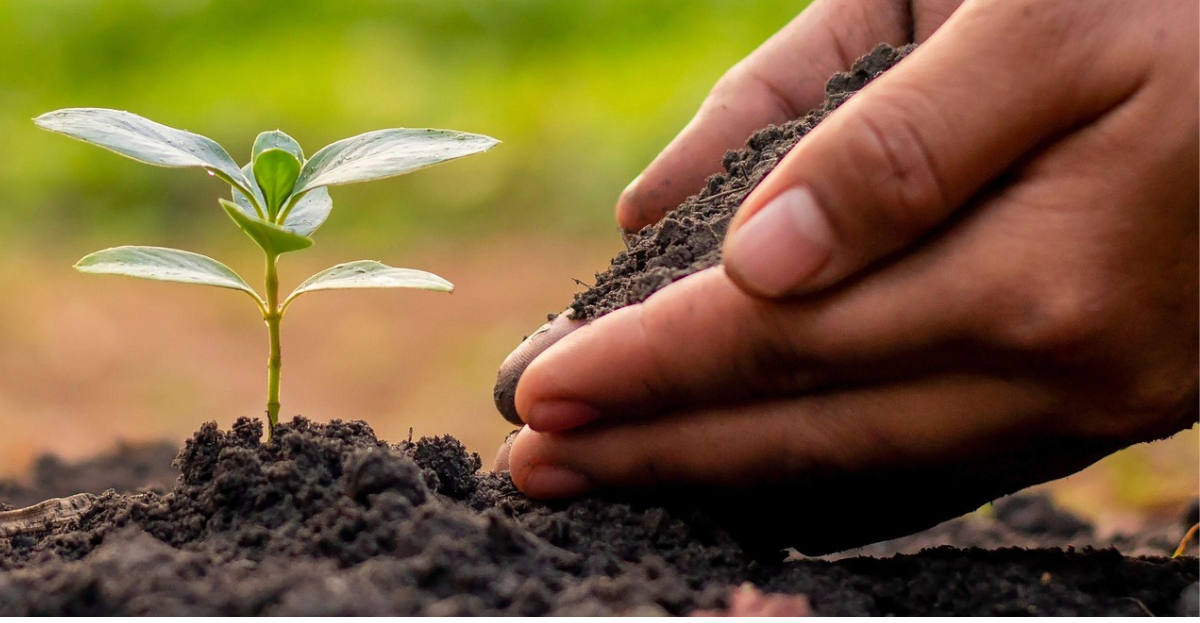
Composting & Water Conservation
Many allotment holders recycle kitchen and garden waste through composting—a key step toward a circular economy. Composting reduces landfill waste and provides a natural, nutrient-rich soil amendment that supports plant health.
In addition, rainwater harvesting is becoming increasingly common. By collecting and storing rainwater in butts or barrels, gardeners reduce reliance on mains water and ease pressure on council resources. Plants also tend to thrive more with untreated rainwater.
.png)
Allotments as Urban Green Infrastructure
Allotments act as green lungs within our cities—improving air quality, regulating temperatures, and absorbing rainwater to reduce flood risk.
As a form of green infrastructure, they help cut surface water runoff and support climate resilience. Just as importantly, they offer people daily access to nature, promoting both environmental sustainability and mental and physical well-being.
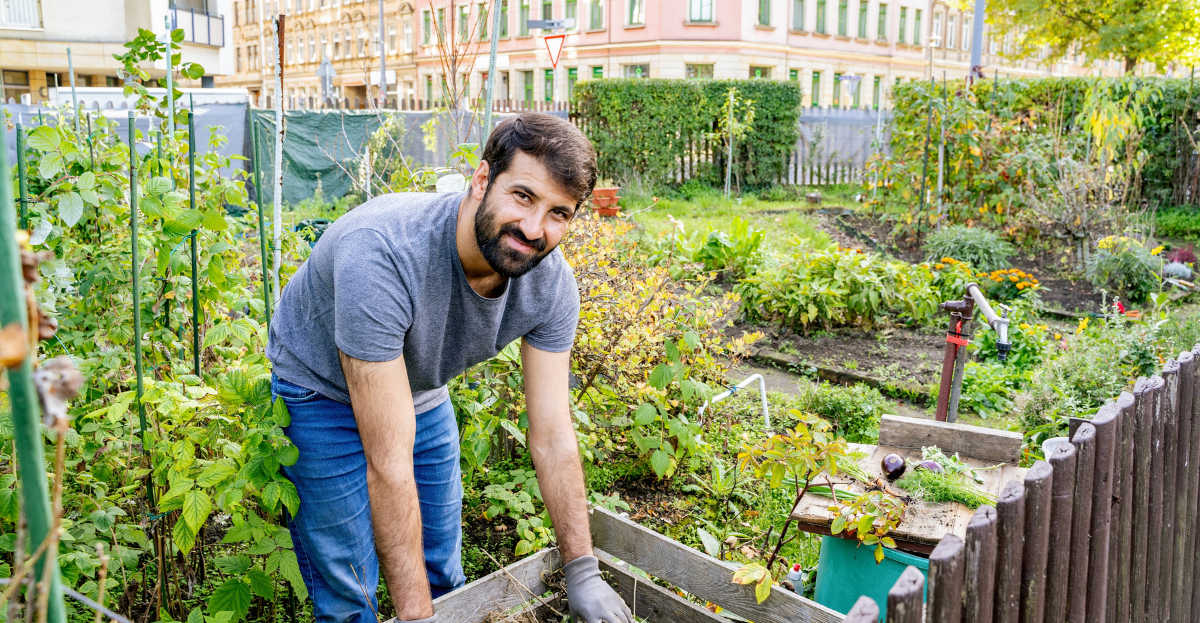
Threats to Allotment Land
Despite their clear benefits, allotments are under increasing threat. Research published in 2020 found that the amount of land used for allotments in urban areas has fallen by 65% over the past 50 years. The decline has been particularly severe in more deprived areas, which have seen up to eight times more closures than wealthier neighbourhoods.
Pressures to develop land for housing or commercial use often lead to the repurposing of allotment sites—especially if they appear neglected.
But when these spaces disappear, so do the ecosystems they support. We risk losing not only food-growing potential but also vital habitats for wildlife and pollinators, making it even harder to meet environmental targets.
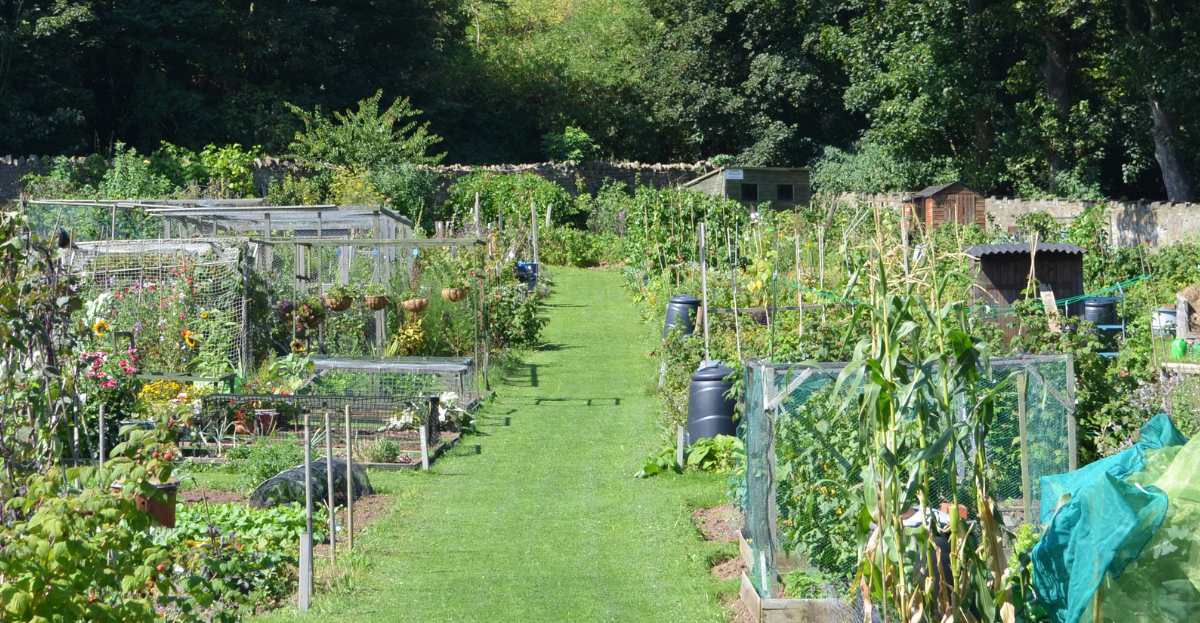
Protecting Our Growing Spaces
Allotments are powerful tools in the fight against climate change, biodiversity loss, and urban disconnection from nature. They offer sustainable food production, habitat for wildlife, carbon sequestration, and community resilience—all within reach of city dwellers.Now, more than ever, we must protect and promote allotments as key components of a greener, healthier future.
